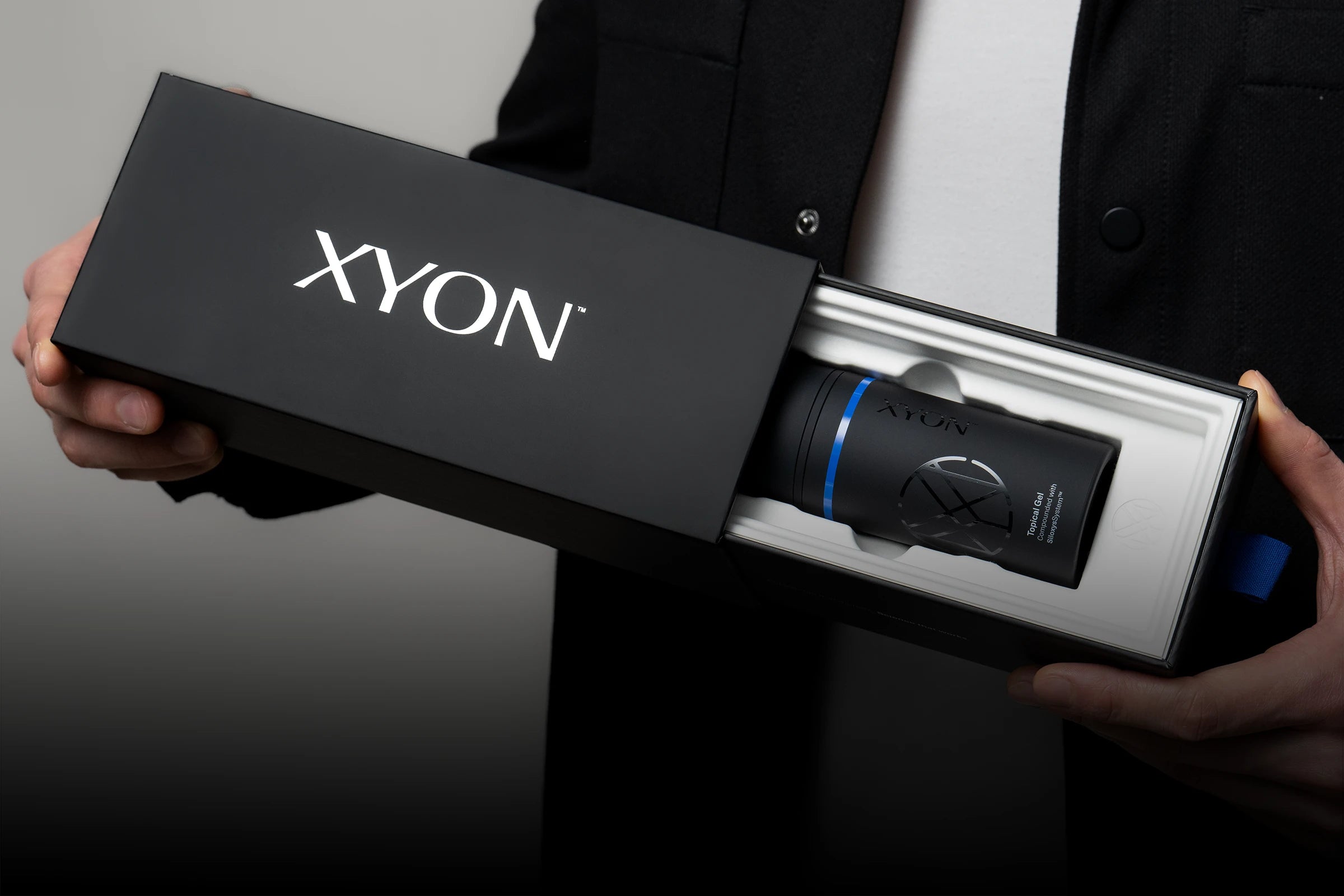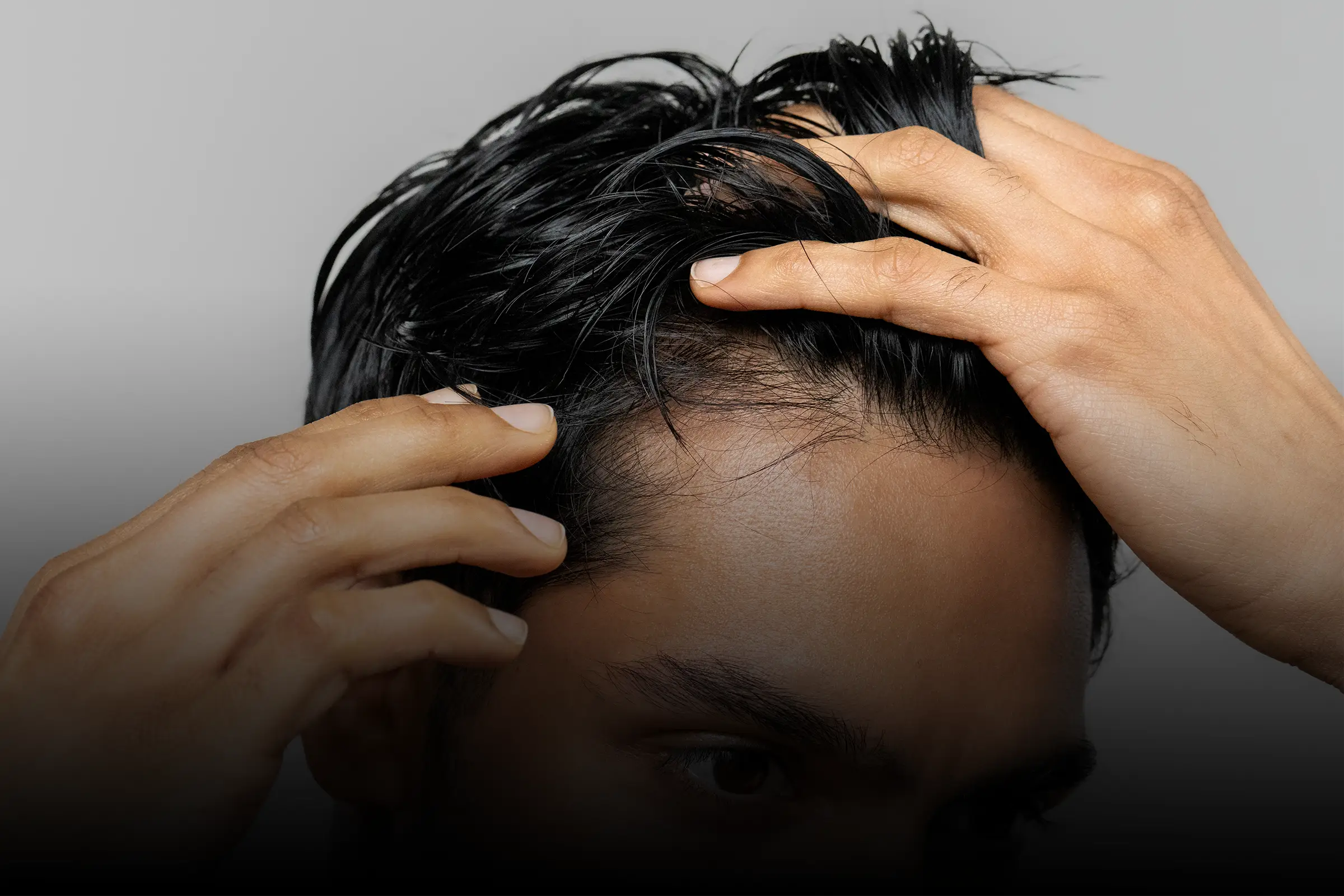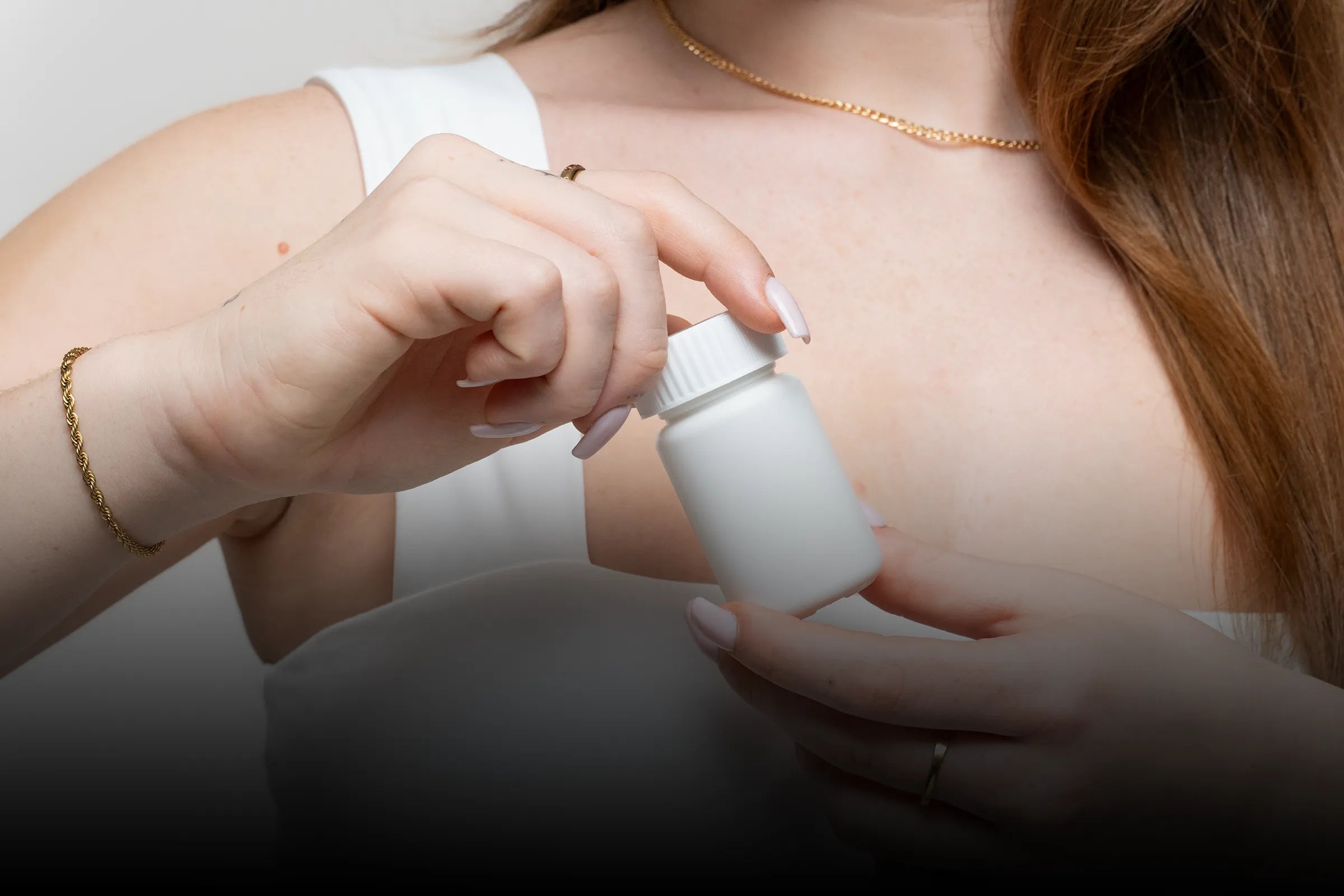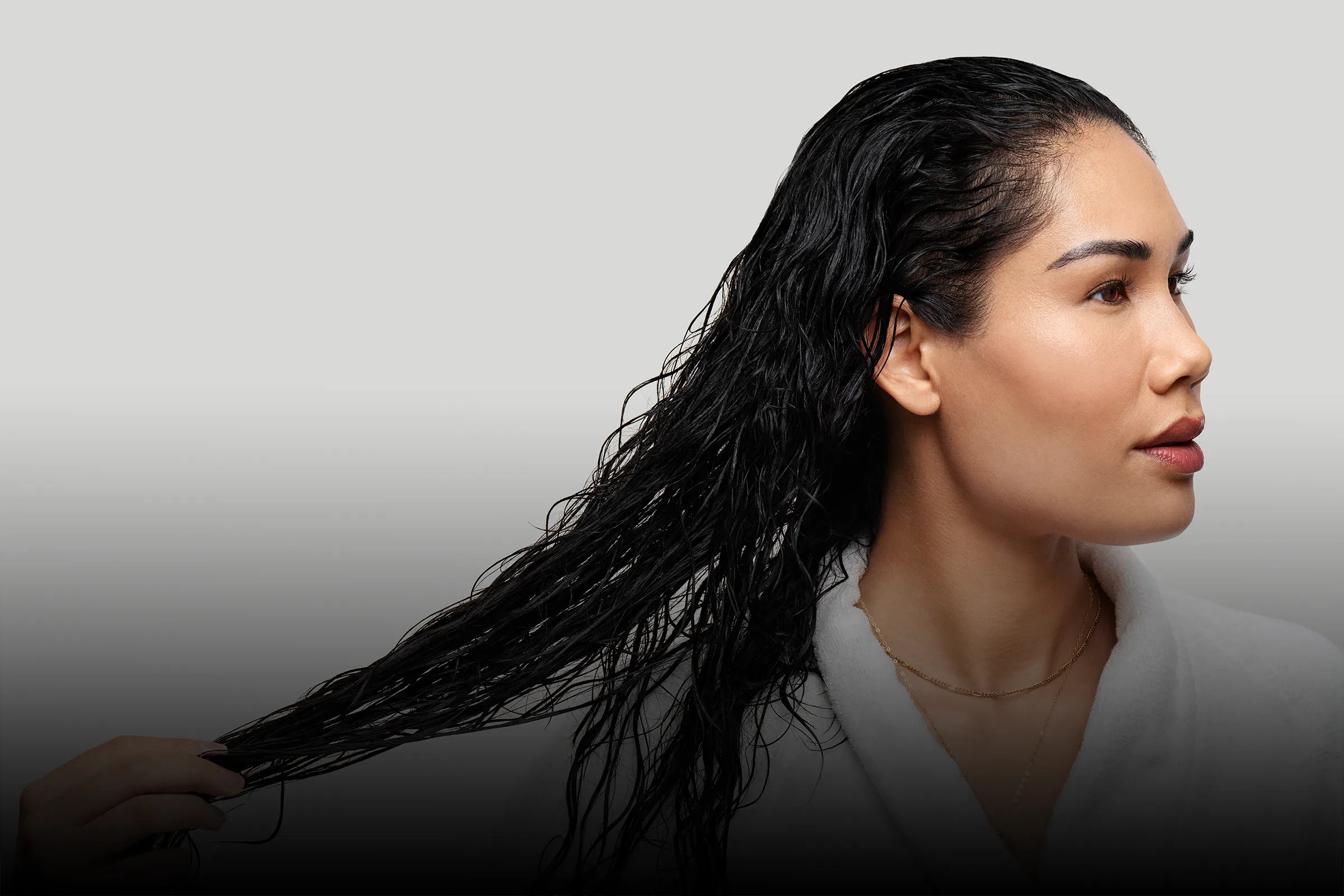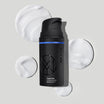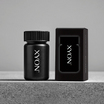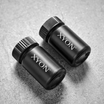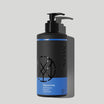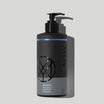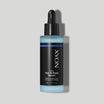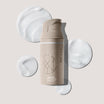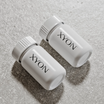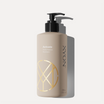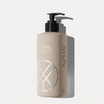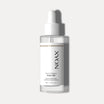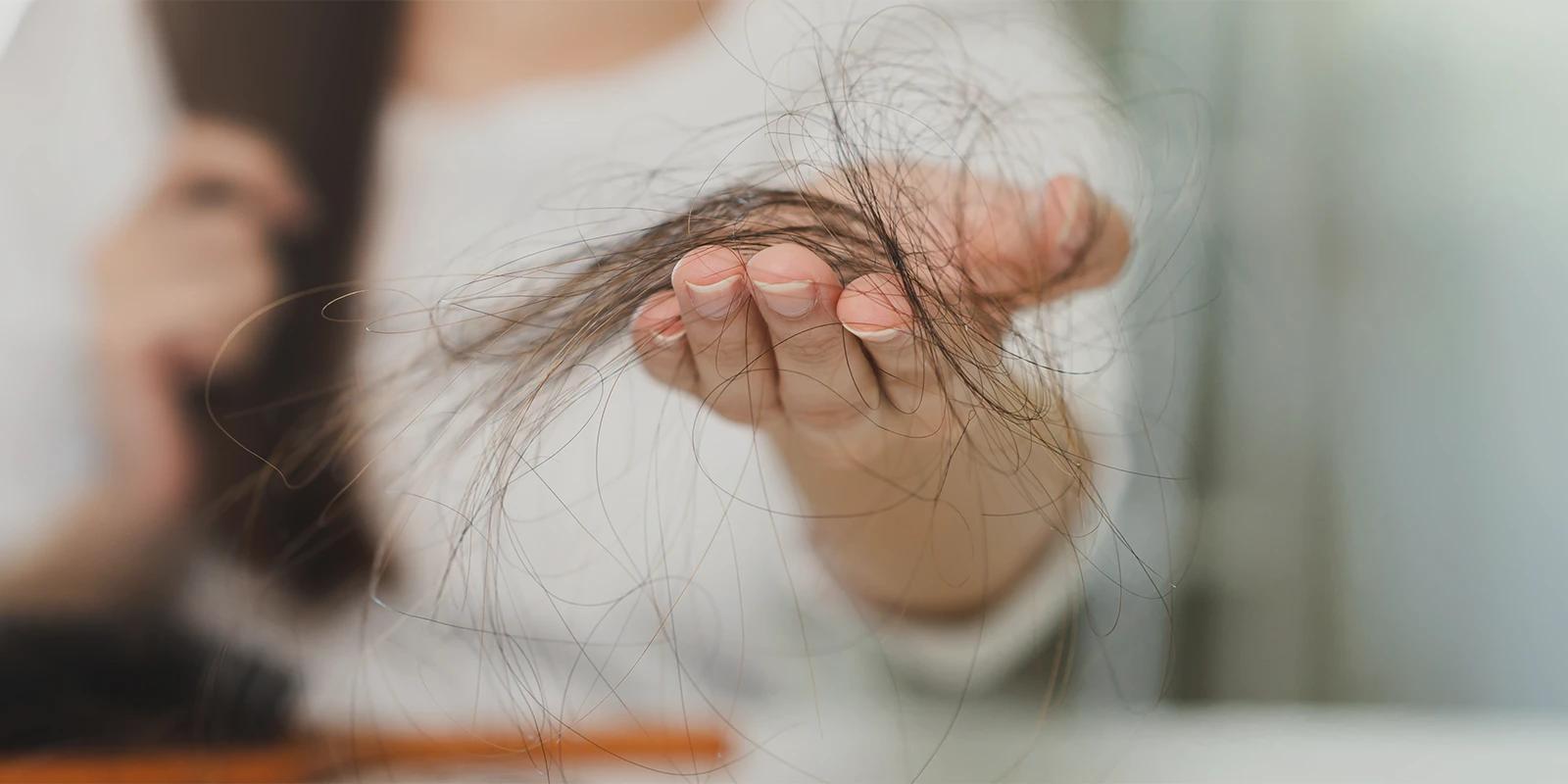Minoxidil 2% and 5% are currently the only FDA approved treatments for female pattern hair loss. While other medications like finasteride have shown potential to be useful in treating this hair loss disorder, the uncertain role of androgens in the development of hair loss in women and contraindication during pregnancy limit their use in the female population. In contrast, minoxidil is a reasonable option for many female patients.
In this article, we’ll break down who can take minoxidil, minoxidil side effects in women, whether minoxidil works for female pattern hair loss and what women can expect when taking this medication to help minimize hair loss and promote hair growth.
Can women use minoxidil?
Yes, the FDA has approved a minoxidil 2% topical solution and a 5% foam for the treatment of female pattern hair loss. Both formulations are available over-the-counter under the brand name Rogaine® for women. Increasingly, the oral form of minoxidil is being prescribed as an off-label treatment for hair loss in both men and women.
Doctors often start with low dose oral minoxidil for female hair loss (e.g. 0.625 mg) which may slowly be increased to 1 mg, or higher as needed. At least one study has shown that the incidence of side effects of oral minoxidil increases with higher doses, so there’s good reason to start off lower (Ramos et al., 2020).
Is minoxidil safe for women?
Yes, minoxidil is safe for women to use. But there are some safety considerations specific to oral minoxidil vs topical that are important to be aware of. Generally speaking, the safety risks for topical minoxidil in women are well-characterized, with clinical studies reporting that most patients find the treatment tolerable. When the treatment is applied directly to the skin, the likelihood of experiencing systemic side effects is lower. Side effects of topical minoxidil primarily affect the skin and can include itching, dryness and redness around the area of application. Some patients have also reported hypertrichosis, or excess unwanted hair growth elsewhere on the body.
Shedding while taking minoxidil
It’s not uncommon for women to experience a temporary increase in shedding in the first month or so after starting minoxidil. Minoxidil shedding (also referred to as minoxidil induced telogen effluvium), occurs when hair follicles begin adjusting to new hair growth cycles with longer active growth phases. The shedding is the removal of older hairs and typically resolves on its own over time.
In comparison to topical minoxidil, oral minoxidil comes with an increased risk of systemic side effects. Minoxidil side effects for women can include headache, pruritus (itchy skin), edema or swelling of the lower limbs, hypertrichosis (excess, unwanted hair growth) and changes in heart rate (Ramos et al., 2020). It’s important to be aware of these potential side effects and to discuss these with your doctor. Having said all of this, there are a few reasons why oral minoxidil might be a good option over the topical. We’ll cover these below.
Does minoxidil work for women?
Both topical and oral minoxidil can benefit women with female pattern hair loss. But because it’s a complex condition with multiple different causes, minoxidil is often paired with a complementary treatment. When used on its own, it’s estimated that approximately 40% of patients will see significant improvements in hair density using minoxidil 5% for a period of 3-6 months (Fabbrocini et al., 2018). Although there are differences in dosing frequency between the 2% and 5% concentrations, research suggests that they are similarly efficacious (Blume-Peytavi et al., 2011). Generally speaking, less advanced hair loss is more likely to respond favorably to treatment with minoxidil.
How does minoxidil work?
The mechanism of action of minoxidil is not fully understood, but it likely assists with hair growth by promoting blood circulation to the scalp, supporting the growth of new blood vessels and directly stimulating hair follicle cells to help prolong the active growth phase of the hair growth cycle. New hair growth is further supported by the improved delivery of nutrients and oxygen to the scalp.
When comparing oral to topical minoxidil, one head-to-head study concluded that both are capable of producing similar improvements in total hair density. Oral minoxidil did appear to be slightly more effective in reducing shedding but also had a higher incidence of side effects (Ramos et al., 2020).
Choosing the best minoxidil for women
We mentioned above that there are a few reasons why doctors might recommend the oral over the topical version of minoxidil to a female patient. If a patient has already tried topical minoxidil without seeing improvements, it might be worthwhile trying the oral pill.
One of the explanations for this difference in response is how minoxidil is metabolized by the body. During topical application, this process is facilitated by a special enzyme located within the hair follicles. Minoxidil won’t do what it’s intended to do, until it’s converted into its active form by this enzyme. Some women produce more of this enzyme in their hair follicles than others and respond better to topical minoxidil (Gupta et al., 2021).
When you take minoxidil orally, all of this conversion takes place in the liver which may be a more efficient process overall. Additionally, if you find that topical formulations are causing skin discomfort or other side effects, or start to interfere with regular hair styling, the oral pill may provide some relief and convenience. At the end of the day, it’s important to discuss your options with your doctor, because taking minoxidil (and most other hair loss treatments) usually requires commitment and a thorough understanding of the risks and benefits.
Minoxidil for women: Takeaway
Minoxidil is one of the most recognizable treatments for female pattern hair loss. It’s available over the counter in two topical formulations, or with a doctor’s prescription in tablet form. It’s generally safe for women to use, but the oral form of the medication may come with a slightly increased risk of side effects.
Available clinical studies show that minoxidil can help improve overall hair density in women, but that more dramatic results may be possible when minoxidil is combined with a complementary procedure such as microneedling, or another medication such as finasteride or spironolactone. To find out whether minoxidil may be useful in treating your hair loss, we encourage you to reach out to a doctor today.
